Sharks feeding. Bahamas
The human being has always been fascinated by danger, that's his nature. In the 1970ies, an Australian diver began organizing visit-the-shark tours, although the visits were made to the most bloodthirsty species: tiger or white sharks. Afterwards, people from all over the world followed this idea.

Of course, there were no shark victims as these tours were organised most carefully and thoroughly taking into account all security measures. As a result, people now have an opportunity to observe sharks in their natural habitat and get the thrill without any harm or danger. In the Philippines, the divers were interviewed and more than 20% of them came here not just for beautiful underwater scenes, but to see the sharks.

This kind of activity is good for fish, as well. Having estimated the economic effect of this "shark business", many countries have clearly seen the profits. The Bahamas earns in this way no less than 314 million dollars, the Maldives - 20 million dollars. During its lifetime, one shark can bring 13,000 dollars of profit. Just compare: a killed shark costs only several hundred dollars.

The Bahamas is among the most popular places where one can swim with sharks and watch them being fed. AirPano team visited two interesting spots: the area of Tiger Sand beach, the habitat of the tiger shark, and the waters of Bimini Island, the place of the hammerhead shark. Species like lemon, whitetip reef and bull sharks and other predatory fish species can also be met here. The largest ones are tiger sharks (up to 5.5 meters long) and hammerhead sharks (more than 6 meters long). The smallest one is the whitetip reef shark with around 1.5 meters in length.

All of them are potentially dangerous for people but they don't display aggression while being fed. Experienced guides who accompany the dive know the shark's habits and even their names: Emma, Hook, Princess... The guides give them frozen fish out of a metal box at the depth of up to 10 meters. The predators are allured by accessible food and do not attack humans, sometimes they even let people pet them.
Previously, ecologists assumed that it is harmful for sharks to receive food out of the human hands and they lose their natural instincts. However, the data based on many years of observation have disproved it: when the tourist season is over, sharks behave in the same manner as they are used to and migrate over long distances in search of food.

When feeding the main "stars" of this event, hammerhead and tiger sharks, you can also observe numerous nurse sharks. They usually lie on the bottom or swim in circles waiting for some leftovers. Bull and lemon sharks are also attracted by the smell of food but they stay aside.
Have an extraordinary experience of diving with sharks by watching our video! It is actually a rare opportunity and great support for ecotourism. It is almost impossible to see tiger sharks in captivity as they usually die in several months in such conditions. While the hammerhead shark is an endangered species: if countries prefer fishery to ecotourism, this shark may go extinct.
Video and photos by Alexey Tishchenko. Stitching by Nickolay Denisov
24 June 2020
Read more
Virtual Travels in 360°
 The best panoramas made by AirPano in 2015
The best panoramas made by AirPano in 2015
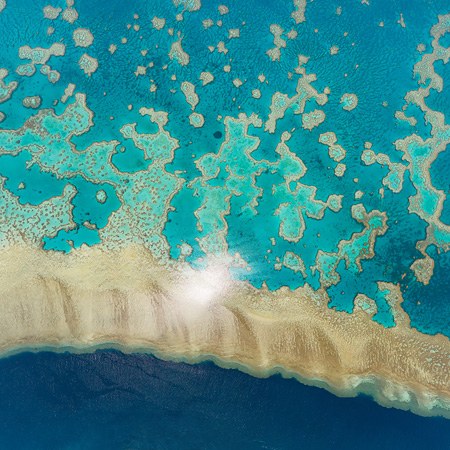 The Great Barrier Reef, Australia
The Great Barrier Reef, Australia
 Khanty-Mansiysk, Russia
Khanty-Mansiysk, Russia
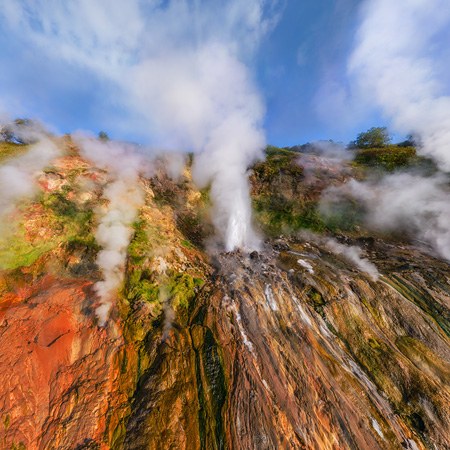 Valley of Geysers, Kamchatka, Russia. 2013
Valley of Geysers, Kamchatka, Russia. 2013
 St.Moritz, Swiss Alps, Virtual Tour
St.Moritz, Swiss Alps, Virtual Tour
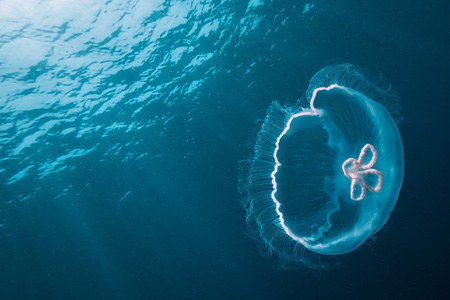 Diving with jellyfish
Diving with jellyfish
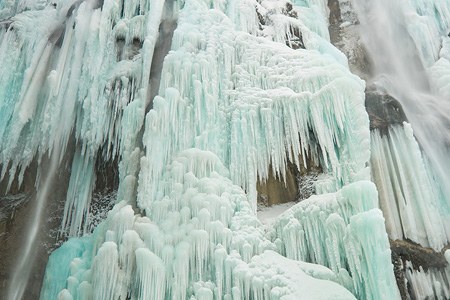 Plitvice Lakes National Park in Winter, Croatia. Teaser
Plitvice Lakes National Park in Winter, Croatia. Teaser
 New Jerusalem Monastery, Russia
New Jerusalem Monastery, Russia
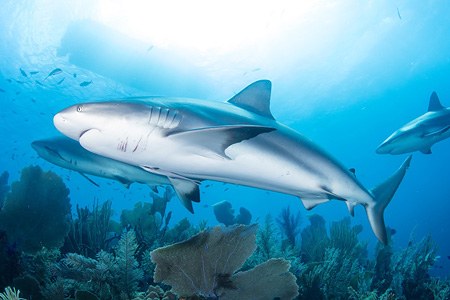 Diving with sharks
Diving with sharks
 Mount Elbrus, Russia. Part II
Mount Elbrus, Russia. Part II
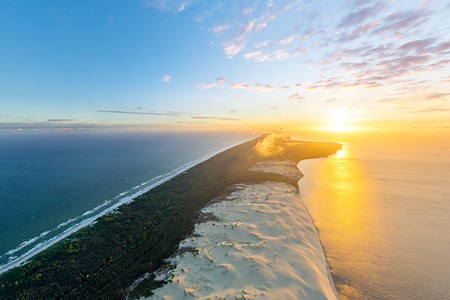 Curonian Spit, Russia-Lithuania
Curonian Spit, Russia-Lithuania
Show more









